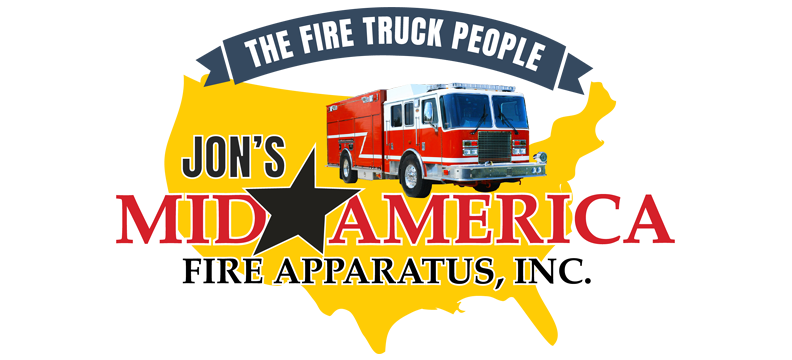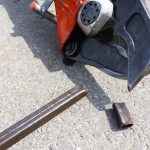Hydraulic rescue tools are vital to your rescue efforts. They can save the lives of people trapped in vehicles. Hydraulics offer the strongest possible option for getting through metal frames of vehicles and other metal objects. Today’s blog from Jon’s Mid-America explains the effects of cold temperatures on hydraulic rescue tools.
Related Post: Preparing Your Team for Cold Weather Firefighting
What Cold Temperatures Do to Hydraulics
Frigid temperatures affect hydraulics in two main ways: with the fluid itself and with the seals keeping the fluid inside the rescue tools.
Cold temperatures increase the viscosity of hydraulic fluid, oil, and lubricants. This means the fluid gets thicker as the temperatures get colder. Thicker fluids don’t move as well as those that are thinner. Hydraulic fluids must move properly through the entire system to maintain the right pressure and strength.
Related Post: Critical Maintenance Steps for Hydraulic Rescue Tools
Plastic seals may turn brittle. Plastic and elastomeric seals in hydraulic rescue tools must remain flexible so they can move with the machinery. Cold temperature can turn seals, fittings, mounts, and hoses brittle. Brittle rubber can crack, break, and split. When this happens, fluids leak and the hydraulic rescue tools lose their power.
How to Prevent These Issues
Fire departments have a few options to prevent these issues in frigid temperatures.
Regular inspections and maintenance are the first steps. Perform inspections after each use and at least once a week if you haven’t used the rescue tool in a while. You should always check fluid levels before you turn on the equipment, if you have time.
Allow warm-up time. Hydraulic rescue tools operate under precise conditions. Let your tools warm up before using them at full strength. At best, using hydraulics before they warm up causes damage. At worst, you face a catastrophic tool failure.
Keep spare rubber hoses on hand. Rubber can break under frigid conditions. Keep spare hoses and rubber parts on hand. They could save someone’s life if some rubber parts break unexpectedly.
Related Post: Which Rescue Tools Should Your Department Choose?
Rescue Tools by Jon’s Mid-America
Talk to Jon’s Mid-America Fire Apparatus for rescue tools. We can give you tips on how to maintain your hydraulics properly. Contact Jon’s Mid-America online to start the conversation, or call (417) 887-0534 in Southwest Missouri or (816) 625-1286 in the Kansas City area.



